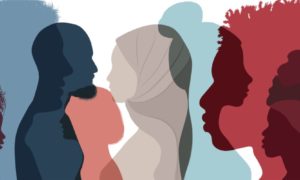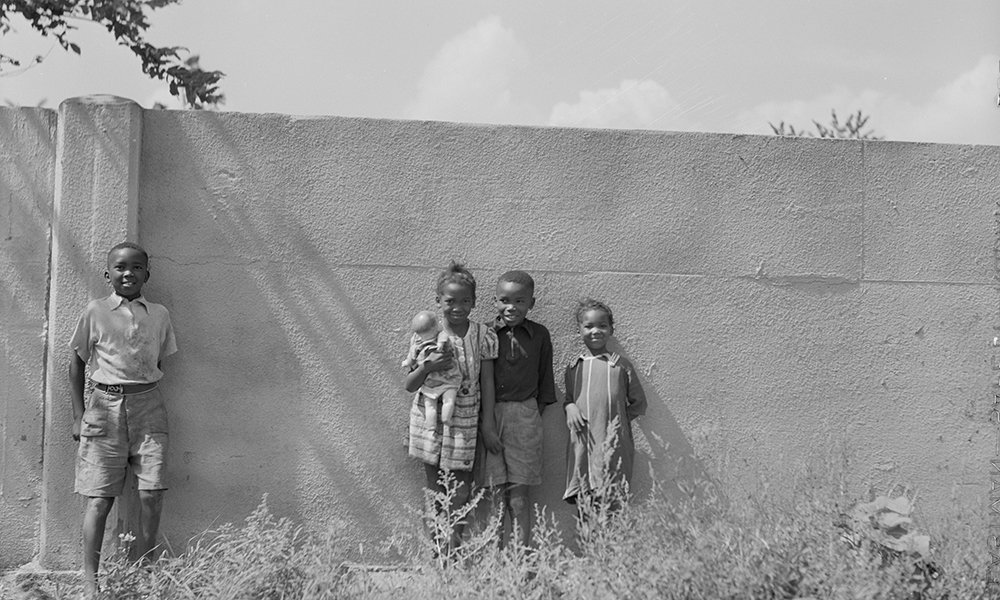
Library of Congress, LC-DIG-fsa-8c20121
In Detroit, this half-mile-long wall was built in August 1941 to segregate public housing. A white housing development was being built on the other side of the wall.
LOS ANGELES — Land remains the starkest turf of bigotry in American life. Blacks have been kept out, locked in, preyed upon and segregated by their most basic need when slavery ended: housing. There were entire coastlines that blacks weren’t allowed to set foot on, let alone buy property on.
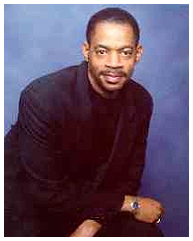
Bridging the Divide
Christopher West
In the early 1900s, Southern California had vibrant black communities on this coastline, where Venice and Santa Monica had “considerable African-American businesses and residency,” said Christopher D. West, an assistant professor of history at Pasadena City College.
But local whites — police, homeowners and business owners — fought Inkwell Beach, the integrated beach near Santa Monica’s first black church, from the early 1920s through the 1950s. It took years of fights — first, a literal physical fight that left one black man shot and beaten by police, followed by legal fights of civil rights activists against bigoted neighborhood associations — for the area to become a safe place for blacks to dip their toes into the Pacific.
Racism that was once out in the open took different shapes as time passed, hiding itself in federal, state and local law, insidiously subtle rules tucked in housing covenants or unspoken codes between homeowners to keep blacks out of homeownership.
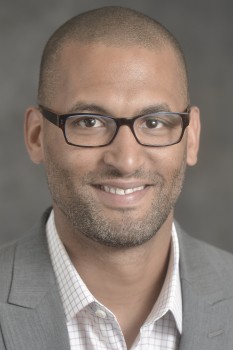
UCLA
Michael Lens
“This results in cycles of discrimination, segregation and disinvestment where over the course of decades people of color are forced to live in undesirable areas and they’re not provided much opportunity over the years; and we tell them you have a lot of crime and poverty, what’s wrong with you guys,” said Michael Lens, an associate professor of urban planning and public policy at UCLA. That negative framing discourages, which contributes to disenfranchisement.
Contrary to President Donald Trump’s claims this past December that black homeownership rates are at an all-time high, they peaked in 2004 — and have dropped further and faster than any racial or ethnic group since 2001, according to the Urban Institute.
That puts black homeownership rates at levels similar to those before the passage of the Fair Housing Act of 1968 (every other group saw rates rise). The hardest-hit families were married black households, according to the Urban Institute.
Poor access to credit, equity
“The new Jim Crow was more about access to credit — even for middle-class African Americans who go to college, they struggle to maintain good credit to this day,” West said.
So homeownership became “the beginning of where whiteness became a benefit of what is known as intergenerational wealth transfer,” he said. In short, those who pay mortgages develop equity and something to leave behind for next generations — those who pay rent leave little behind. “Americans hold their wealth primarily in real estate, which in itself creates a level of tension for access to it,” he said.
Nowadays, many black families are moving to the inland desert stretches — many miles east of the coast in less desirable places, like Palmdale, Lancaster or Riverside, West said. With cheaper rents and more realistic home prices, black communities are forced to the fringes of cities in their efforts to amass and create wealth through homeownership.
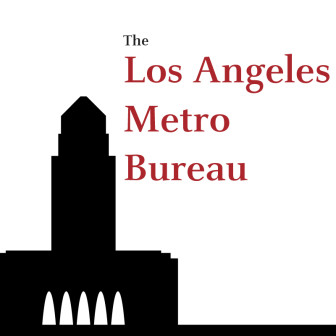 Plus, Lens of UCLA said, there is little for the non-luxury home buyer to choose from. He considers the housing crisis in Los Angeles to be the country’s worst, with severe housing scarcity.
Plus, Lens of UCLA said, there is little for the non-luxury home buyer to choose from. He considers the housing crisis in Los Angeles to be the country’s worst, with severe housing scarcity.
“Land costs are so expensive because it’s so hard to build in L.A. that the only things that can go there and make money is something that is really tall and focuses on luxury condos and high-price clientele,” said Lens.
Which is partly why concentrations of black people are seen in areas where there are housing projects.
First built to serve impoverished whites, public housing gave priority to whites and some housing projects were whites-only until no more white applicants existed. Only then were blacks were allowed to enter.
The high-rise and megaplex styles of public housing were slowly integrated in the wake of the civil rights movement, and at the urging of the NAACP to provide more homes to people of color. In response to integration, low-income whites were offered vouchers to use to pay rent for private apartments instead of being assigned housing in the projects.
Freeway broke up Sugar Hill
Even in stereotypically liberal places like Los Angeles, local governments undertook policies that harmed black communities. The city’s first freeway was built through the heart of a vibrant black community in 1945.
What was known as LA’s Sugar Hill neighborhood, named after the Harlem neighborhood, was broken up, displacing local blacks. Interstate 10’s placement came after a long campaign against black residents of Sugar Hill. The local housing association went to court to evict them from the neighborhood, but a state judge ruled such a covenant would be in violation of the 14th Amendment. In response to more affluent African Americans buying homes in Sugar Hill, the city rezoned the area for rentals over their protest.
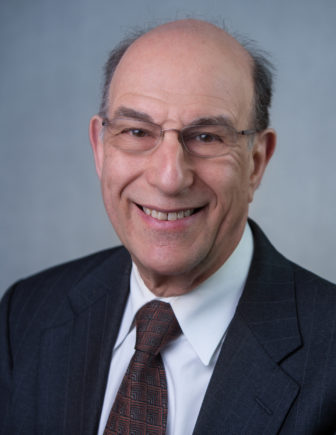
Economic Policy Institute
Richard Rothstein
“African American leaders pleaded that the freeway be shifted slightly north, but the city engineer dismissed their concerns,” wrote University of California at Berkeley professor Richard Rothstein in his book “The Color of Law.” Few of those displaced were given any federal or local assistance to find new housing, he wrote.
Where local laws didn’t succeed in preventing black homeownership, local bigots took up the cause with violence, such as “cross burnings, dynamite bombings, rocks thrown through windows, graffiti, and other acts of vandalism as well as numerous phone threats,” Rothstein noted.
Even liberal-seeming policies were exacted with racist outcomes. Consider the New Deal. The sweeping set of post-Great Depression federal programs developed to provide jobs, homes and aid development of the American middle class is largely credited for restoring order to the economy.
“The New Deal was progressive in the sense that it provided economic benefits to both whites and blacks that were necessary and on which they depended — but it was on a segregated basis,” Rothstein said. “… People are shocked when they learn this history.”
It was during Roosevelt’s presidency and because of his seemingly liberal policies that African Americans first flocked to support Democrats, altering the face of American politics, Rothstein said. With segregation ingrained into those policies, racial gaps persisted long beyond FDR’s era, seeping into schools, housing and employment access. Black Americans face outsized incarceration and are wrongly criminalized. The face of today’s civil rights movement asserts that Black Lives Matter — demanding the basic right to exist. Modern racial gaps and inequality can be traced back to the New Deal in many ways, Rothstein said.
“I think in the long run it did more harm than good,” he said.
Study links segregation to police violence

Boston University
Aldina Mesic
Where there is more segregation, there are more black deaths at the hands of police, Aldina Mesic, a Boston University researcher, and colleagues have found. She has co-written a groundbreaking new study linking police violence against blacks to segregation and other institutionalized racism.
“It’s hard to ignore that we have hundreds of years of a racist history, and then that was followed by 90 years of Jim Crow — that doesn’t go away very quickly,” she said.
One of the most visible modern outcomes of yesteryear’s policies is the Black Lives Matter movement, the persistent call to stop state violence against black communities. The relationship between segregation and crime is poorly understood, but increasingly scholars and researchers are saying it is a direct link. Rothstein said that, even anecdotally, the relationship is made clear by considering its dynamic.
“If you segregate the most economically disadvantaged and racially stigmatized young men in a single neighborhood, where there is little access to jobs or transportation to jobs, and few adult role models, they are inevitably going to get involved with confrontations with police and police are going to overreact,” he said.
“It’s a direct function of the concentration of hopeless young men and alienated young men in neighborhoods that have little opportunity.”
Some findings in Mesic’s study were surprising, even to the researchers.
“We thought that the states with the highest racism index were going to be Southern states, with a history like slavery,” Mesic said. In fact, Illinois, Wisconsin and a number of states outside the South rated high for racism and black deaths by police gunfire.
The study took into account a number of measures of racial inequality, from housing and employment, to educational attainment and pay gap. She hopes people will look at the study’s outcomes as broadly.
“Whenever there is a police shooting, the initial line of reaction is to demand more training or body cameras, and we come to think that the problem is a bunch of racist police officers that are not like us,” Mesic said. In reality, to persist, racism must infiltrate many different institutions that may play into a policing problem — which means police aren’t the only racists, they are an armed component of a racist society, she said.
“It’s not just the police officers. It’s all of us,” Mesic said.


